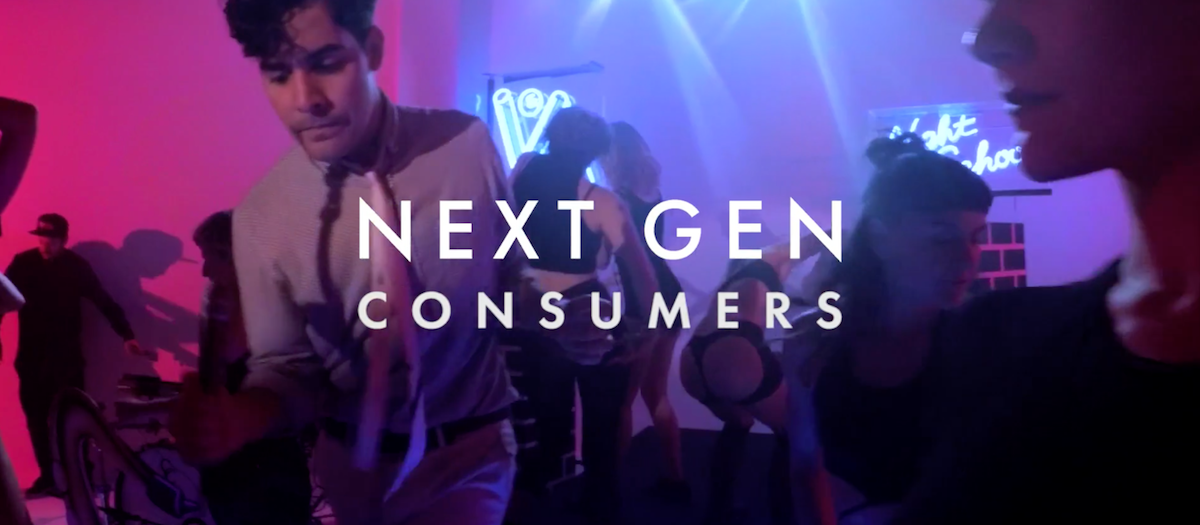New Condé Nast study reveals 79 per cent of consumers make brand decisions pre-search

“This study identified the importance of influence on consumers’ decisions––by the time they start searching for a product, they’ve already decided what to buy. There is tremendous opportunity to influence consumers pre-search that many marketers aren’t taking full advantage of,” said Pamela Drucker Mann, chief revenue and marketing officer of Condé Nast. “Leveraging the influence of brands that consumers trust when they’re thinking about what to buy can have a tremendous impact on an advertiser’s bottom line. Condé Nast is at the forefront of cultural movements and trends, and this study reveals that our brands have measurable influence on how consumers spend their money and time.”
The study identified several key findings about the power influence has on the consumer decision journey and where marketers can take better advantage of reaching consumers with pertinent messaging.
Consumers are spending the majority of their time in the influence phase (pre-search) versus the rest of the journey, regardless of product category:
– Beauty: 80 per cent time spent pre-search. The top purchase trigger for beauty consumers is informative content across all platforms (digital/video, social, print, etc.).
– Fashion: 69 per cent time spent pre-search. Fashion consumers are motivated by ads, this is the top purchase trigger point after buying needs, i.e. “wanted something new” etc.
– Tech: 65 per cent time spent pre-search. The same is true for tech consumers, top purchase trigger points are ads outside of buying needs, i.e. “old tech broke,” “functionality issues.”
Influence has a significant impact on decisions pre-search and the majority of consumers are selecting brands early in the purchase process:
– Consumers often make their decisions before they start searching; 79 per cent have a short list of brands in mind before they search.
– 52 per cent spend the entire consumer decision journey deciding between two brands only. In fashion specifically, more than half of consumers purchased the brand they initially considered (53per cent) and that number grows to almost two-thirds (64per cent) when measured in teens (13-17) specific to fashion purchases.
– 69 per cent will pay more attention to ads from sources they know and trust.
Condé Nast has proven influence with consumers
– Condé Nast found that brands have three times more influence on consumer decisions than Google and Facebook.
– Three in four respondents trust Condé Nast brands to recommend products for them:
- 92 per cent trust Glamour, GQ and Vogue to provide fashion recommendations.
- Nine in 10 trust Glamour and Allure when it comes to cosmetics.
– Respondents were 50 per cent more likely to reference a Condé Nast brand pre-search.
– Consumers think more highly of brands that advertise in Condé Nast brands versus on platforms like Google or Facebook (index 301).
– At the critical moment of purchase, Condé Nast is 26 per cent more likely to drive purchase intent than Google and Facebook.
- Wired is 63 per cent more likely to drive purchase than Facebook when it comes to tech products.
- Allure is 67 per cent more likely to drive purchase for beauty products than Google.
- GQ, Vogue and Vanity Fair index at 132 versus Facebook when it comes to driving purchase for fashion items.
“For most consumers, a purchase decision is really about justifying the idea you had right at the start. It’s imperative that marketers don’t forget the most important part of advertising, telling and supporting the brand story right at the start of the journey––or before the journey even begins. It’s here that you have most influence and, if you can get into the consumer’s mind from the very beginning, you are much more likely to be the one they search for, explore and choose in the end. As such, it’s no surprise to see Condé Nast brands carrying such influence across the path given their strong position with their users, particularly in that vitally important early part of the journey,” said Kevin Thompson, joint MD, Tapestry Research.
The study was conducted in the spring of 2018 and included a national sample of more than 4,500 US consumers, ages 18 to 64.
More like this
Globalising your niche: Building Vogue International
Condé Nast Britain debuts redesigned Glamour site and bi-annual beauty book
Karthic Bala named Condé Nast’s first chief data officer
Condé Nast International to launch GQ Middle East in partnership with ITP Media Group
Condé Nast launches new OTT offering with dedicated channels for Wired, Bon Appétit and GQ









